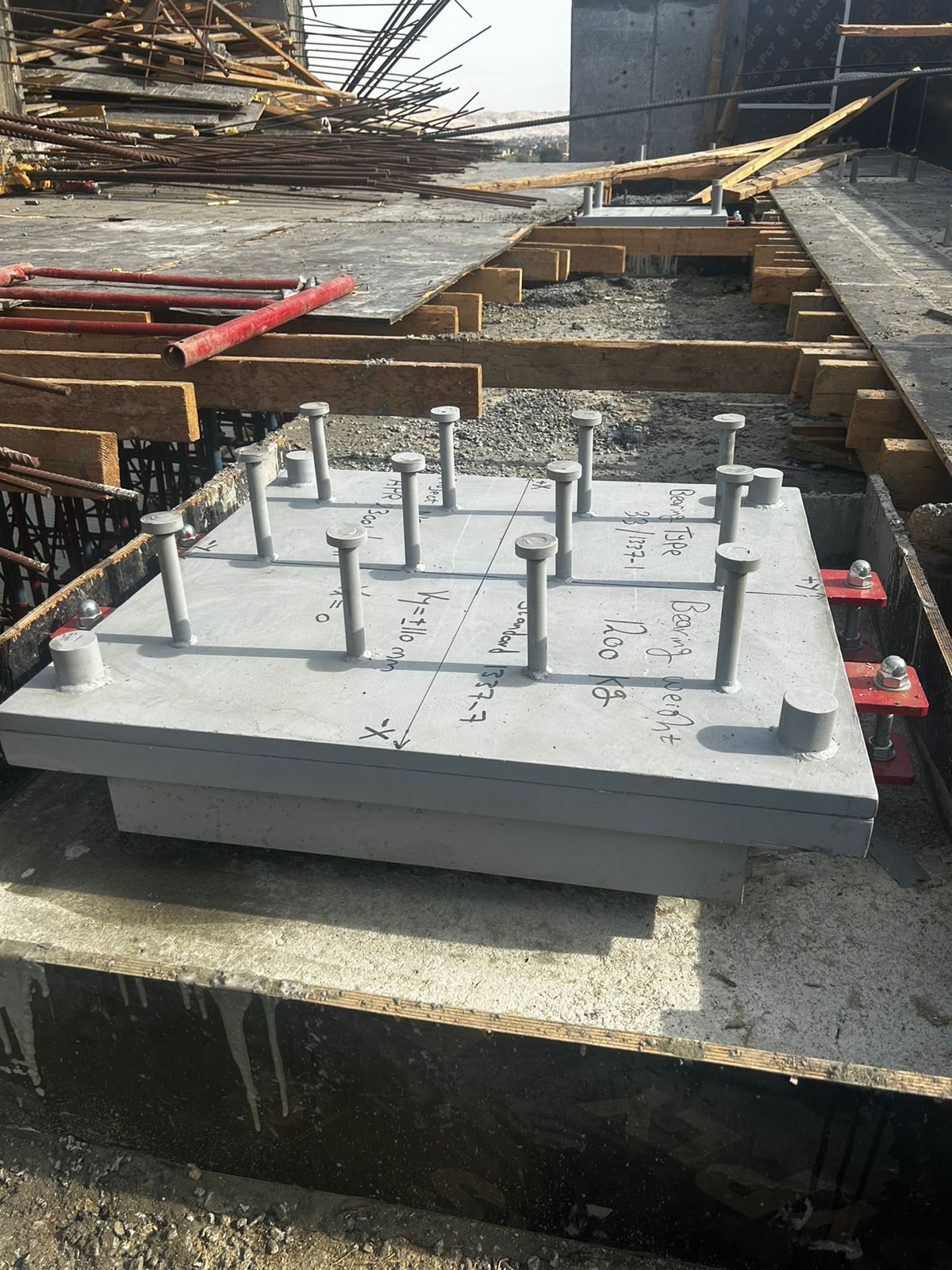A Comprehensive Guide to Elastomeric Bridge Bearings: Design, Benefits, and Applications
Imagine traversing a bridge that gracefully withstands the test of time and nature. At the core of this engineering marvel lies a critical component: elastomeric bridge bearings. Understanding these ingenious structures not only illuminates their role in safeguarding our infrastructure but also highlights the transformative impact they have on bridge construction and design.

Introduction to Elastomeric Bridge Bearings
Elastomeric bridge bearings serve as pivotal elements in the structural integrity of bridges, ensuring they perform effectively under various loads and conditions. These bearings, made from elastomeric materials, provide flexibility and support, absorbing movements caused by thermal expansion, traffic loads, and seismic activity.
Understanding Elastomeric Bearings for Bridges
Elastomeric bearings are specialized components designed to permit structural movement while providing stability. They typically consist of layers of elastomer, reinforcing steel plates, and sometimes special materials like PTFE (Teflon) or stainless steel.
How They Function
- Load Distribution: They distribute compressive loads evenly, preventing localized stress concentrations that could lead to structural failure.
- Flexibility: They allow horizontal and vertical movement, accommodating thermal expansion and vibrations.
- Durability: Elastomeric bearings resist weathering and environmental factors, making them suitable for long-term use.
Key Benefits of Using Elastomeric Bearings
The advantages of incorporating elastomeric bearings in bridge design are manifold:
- C cost-effective: Their simplicity in design can significantly reduce construction costs.
- Low maintenance: Their durability minimizes repair needs, cutting down long-term upkeep expenses.
- Customizable: They can be tailored to meet specific bridge requirements, enhancing design flexibility.
Bridge Bearing Design Considerations
Effective bridge bearing design must account for various factors to ensure optimal performance:
Load Capacity
Understanding the expected load on the bridge is critical. Engineers conduct detailed analyses to determine the appropriate load ratings for elastomeric bearings.
Environmental Conditions
- Temperature Variations: Bearings must withstand a wide range of temperatures without compromising their mechanical properties.
- Seismic Activity: In earthquake-prone areas, special designs may be necessary to protect against seismic forces.
Types of Elastomeric Bridge Bearings
Elastomeric bearings come in several types, each suitable for different applications:
| Type | Description | Applications |
|---|---|---|
| Plain Elastomeric Bearings | Standard bearings without additional components | General applications |
| PTFE or Sliding Bearings | Incorporate a sliding layer to reduce friction | Bridges subjected to longitudinal movements |
| Seismic Bearings | Engineered to absorb seismic forces | Located in earthquake-prone areas |
Installation and Maintenance of Elastomeric Bearings
The installation and maintenance of elastomeric bearings are crucial for ensuring their long-term functionality:
Installation Guidelines
Proper installation is essential to achieve the desired performance:
- Ensure a level surface for proper load distribution.
- Align bearings according to engineering specifications.
- Use proper tools and equipment to prevent damage during installation.
Maintenance Practices
Regular inspection and maintenance help extend the lifespan of elastomeric bearings:
- Inspect for signs of wear or displacement.
- Clean debris from bearing surfaces to avoid corrosion.
- Monitor structural movement to ensure bearings are functioning correctly.
Applications of Elastomeric Bridge Bearings in Construction
Elastomeric bearings find applications across various types of bridges and structures:
- Highway Bridges: Commonly used in highway bridge construction for their cost-effectiveness and durability.
- Railroad Bridges: Adapted to handle the specific load requirements of train traffic.
- Pedestrian Bridges: Provide necessary flexibility for reducing impact from foot traffic.
Conclusion: The Future of Bridge Bearing Technology
The future of bridge bearing technology is promising, with ongoing advancements aimed at enhancing performance and longevity. The utilization of elastomeric bridge bearings is expected to grow, propelled by their benefits in constructing sustainable infrastructure.
To explore more about innovative engineering solutions, read our latest articles. Don’t hesitate to reach out for expert guidance on your next construction project!
Are you ready to elevate your bridge design with elastomeric bearings? Contact us today!
